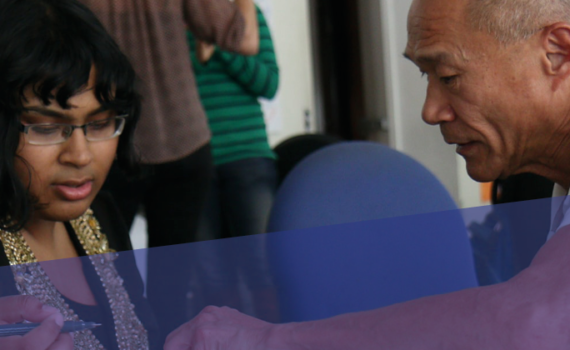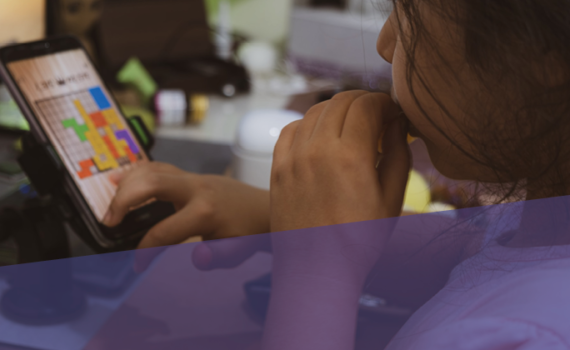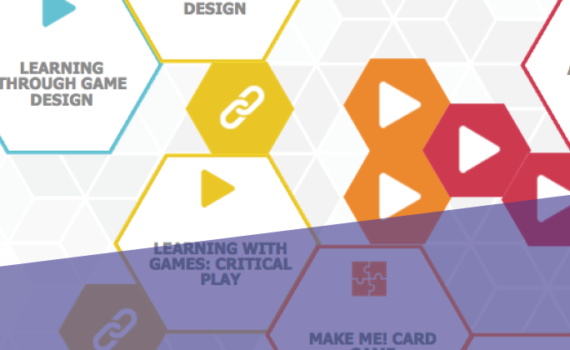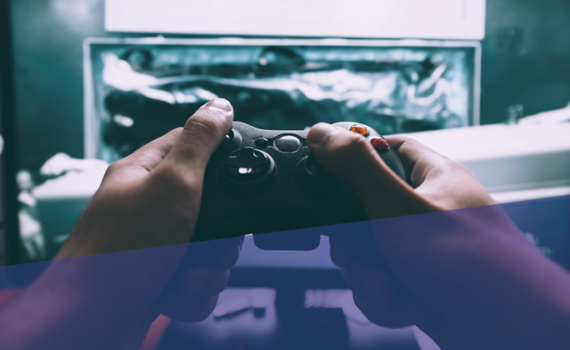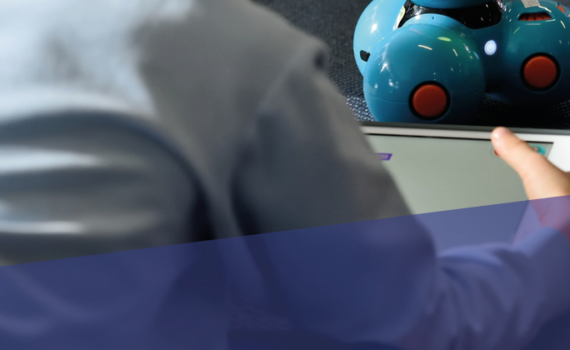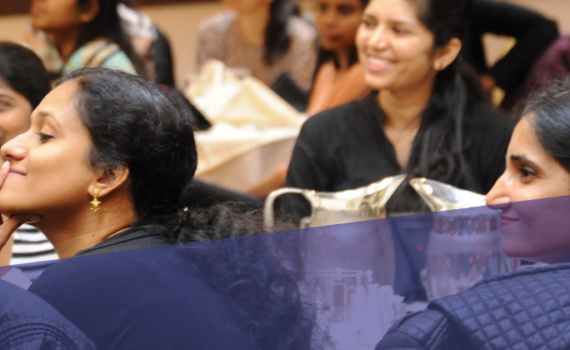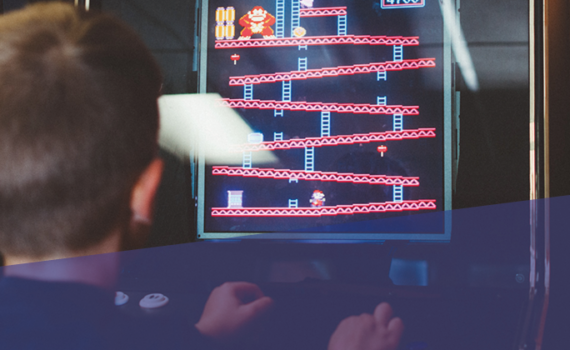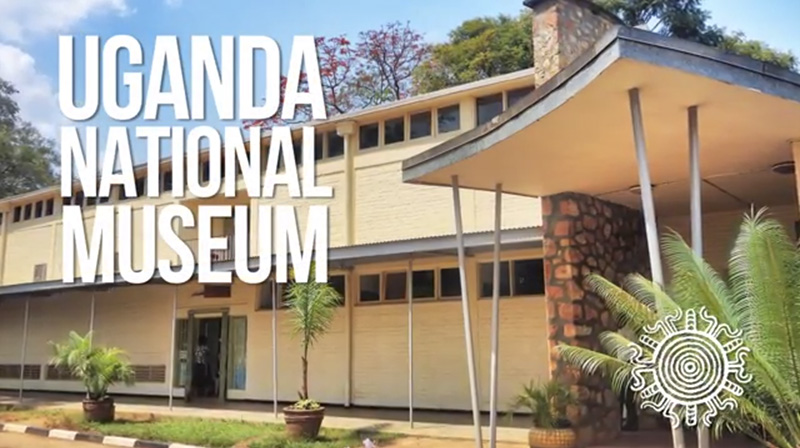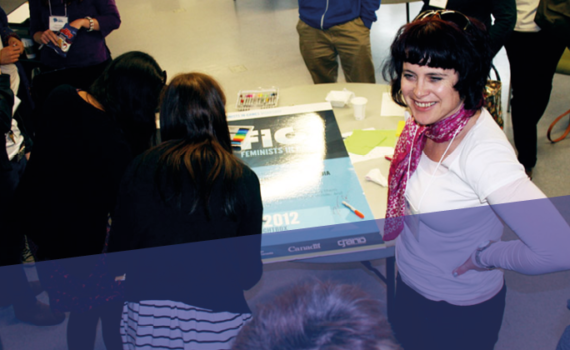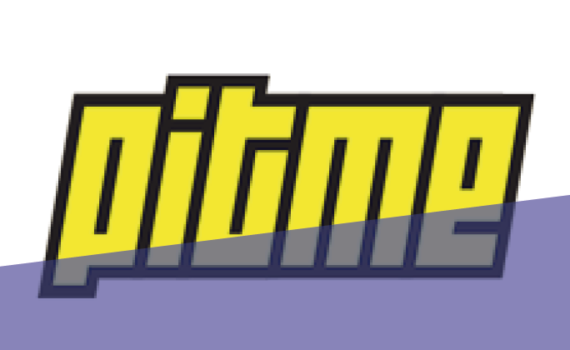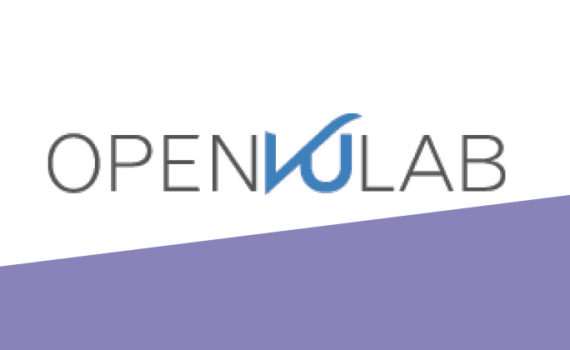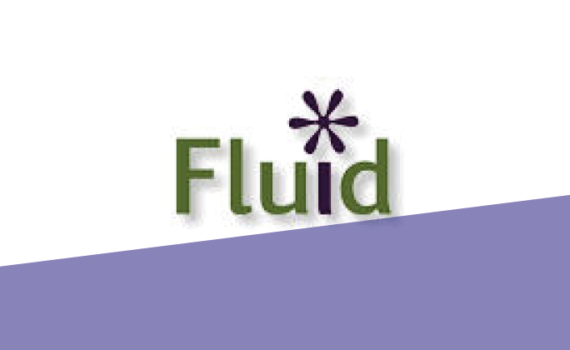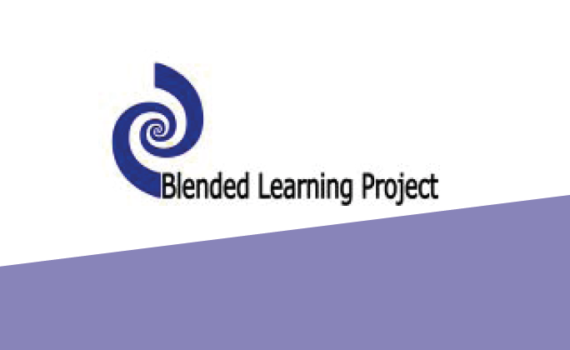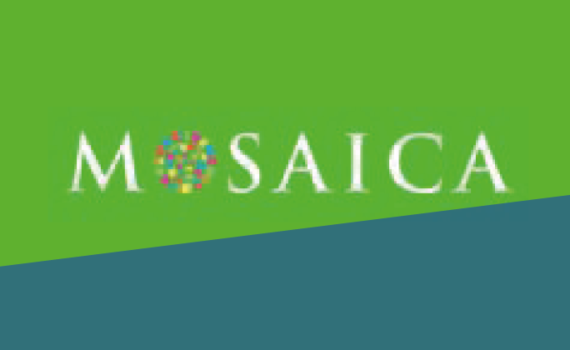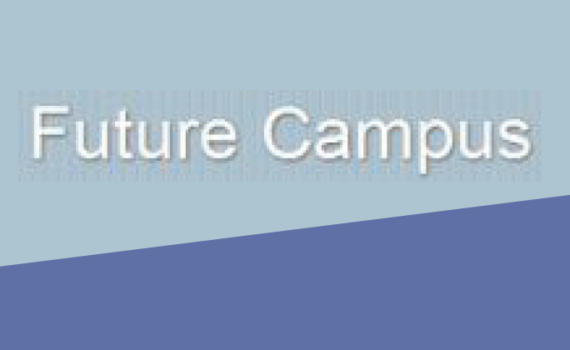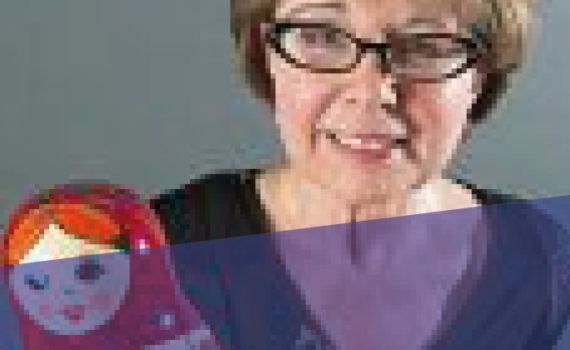2019-21 Mobility, Language, Education: Challenges in M-Learning An interdisciplinary research project that brings together specialists in applied linguistics, language education, digital literacies, e-learning, m-learning, and experimental psychology to explore, examine, document, design, and develop pedagogies for mobile language teaching and learning that utilize language-embedded interactions characteristic of contemporary multimodal digital communication.
Projects
2018-22 Missing Modalities: Learning, Communicating, and Making Sense of Aroma A joint university research initiative with Dr. Melanie McBride (IRDL Member, Co-Investigator and Research Lead), Kurt Thumlert, Co-Investigator (York University Research Lead) and Jason Nolan, Principal Investigator (School of Early Childhood Studies, Ryerson University).
2018 Shifting Ground: Relocating Pedagogical Innovation from Schools to Communities This symposium brings together a group of emerging and established, local and international scholars to engage with community members, graduate students, school-based and non-formal educators, and others interested in mobilizing knowledge and exchanging research projects and practices concerned with community-based pedagogical innovation.
Up Skilling for the 21st Century: Teaching with Digital Games The primary goal of this project is to address an immediate need in the Peel District School Board (PDSB) to document existing teaching and learning practices around 21st century competencies in classrooms, to create effective professional development for teachers in innovative teaching practices, and to foster a network of creation, collaboration, and communication around transformative pedagogical practices.
2017 Parents Reaching Out Grant This project assisted parents interested in updating their digital skills as part of Ontario’s PRO Grants designed to support parents in identifying barriers to parent engagement in their own community and to find local solutions to involve more parents in support of student achievement, human rights and equity, and well-being.
2016-17 New Media Modules The new media modules were developed by an interdisciplinary team of Ontario-based university faculty members, York university students (teacher candidates), practicing teachers, game designers, critical makers, digital storytellers, and artists. There are currently four modules: learning through game design, learning through digital storytelling, learning through critical making, and wikijamming (an extension of critical making, playable on our new media modules wiki). Modules learning outcomes are designed around the principle of production pedagogies. Each module invites students to not only engage in theories surrounding new media and new literacies and learning through situated making and design, but to also undertake a culminating self-directed (individual or group) production pedagogy project.
2015-16 Playing to Learn Playing to Learn implements a game developed by the Ministry of Education that intended to introduced Grades 7 and 8 students to concepts in physical and human geography. The researchers assessed the impact of the game and sought to understand how teachers could be best supported in the use of game-based technology in the classroom.
2014-2019 Think, Design, Play: Re-Fusing the Digital Divide This 5-year study explores the relationship among 21st century skills, computational competencies, and game development. The results of the study show a direct correlation between game design and the development of computational competencies and offer analysis of how students understand and take part in an increasing algorithmic culture.
TLE: Transforming Learning Everywhere Implementation Study TLE is a 5-year project with the ambitious goal of transforming learning environments across the district by integrating new instructional practices with innovative technology use, including 1:1 iPad distribution.
2013-16 Embodying the Tween: Living Girlhood in Global and Digital Spaces This project examines the tensions between the commercial constructions of youth cultures and the lived experiences of the embodied young person. It addresses how the tween girl is framed by the cultural industries of girlhood and how she engages with such framings. ISBN-13: 978-1433121753
Kids Get Game: Game Development Pathways to STEM Achievement for Teachers and Learners This project addresses a number of well documented needs for girls and boys in low income schools and communities. Namely, this project responds directly to the following needs and problems: the inequitable access to technological resources for girls and boys in low-income schools; the ongoing gender divisions among you people related to access and training in technology generally, leaving girls and woman marginalized from STEM fields; and the lack of technology training for teachers.
2012-16 Young People’s Media Industries in Canada Canadian children’s and youth media has largely been ignored as a field of study in Canadian communication studies. The children’s and youth cultural industries in Canada are successful both nationally and globally. This project made a significant contribution to the scholarship in this area.
2011-2016 AMD After School Game Production Club To combat the lagging technical skill set and shrinking world of social and educational opportunity for low-income students, our research, in partnership with AMD, establishes a program for primary- and secondary-level students to acquire computer programming skills through game development. The program offers participants an opportunity to gain useful skills and knowledge, to mentor and be mentored, and to develop their overall confidence and technical skills. Over the course of several camps and workshops, our researchers create a unique environment for kids to develop computer games using Game Maker and to make wearable tech. For each event, critical thinking spaces are designed to encourage participants to challenge cultural norms on which games are “appropriate” for girls and boys to play and to talk about their gaming experiences while taking risks in their play and designs.
2019-22 Evangelisms, Entanglements and Superfans: Young People’s Creative Labour in the Visibility Economy This project explores how children’s media and entertainment companies harness young people’s creative labour to promote intellectual properties, and considers the implications of this for how we define young people’s labour within digital capitalism.
2019-21 Sounding off: Learning, Communicating, and Making Sense with Sound This project investigates existing professional subject matter experts (SMEs) and artistic “communities of practice” where sound/aural experience is central. It examines what and how people learn through inquiry into sounds, sound-making materials and aural/acoustic experience, and how (re)claiming sound as a vital ‘mode’ of sensory experience can afford new opportunities for sound-based inquiry across disciplines, as well as afford more inclusive and innovative music pedagogies adequate to 21st century learning contexts.
2015-2020 Refiguring Innovation in Games (ReFiG) is a 5-year project supported by the Social Sciences and Humanities Research Council of Canada. Composed of an international collective of scholars, community organizers and industry representatives. ReFiG is committed to promoting diversity and equity in the game industry and culture and effecting real change in a space that has been exclusionary to so many. More information about the project is available on the website: www.refig.ca
This project explores the tensions between the commercial constructions of youth cultures and the lived experiences of the embodied young person. It addresses how the tween girl is narrowly defined as a white heterosexual consuming subject and how she engages with such framings. This research has two main goals. The first is to explore how the cultural industries of girlhood, including digital media properties and global transmedia conglomerates, contribute to the synergistic forces of global capitalism to produce the tween as a global assemblage. The second goal is to explore what girls do with the tween cultures that are produced for them—but rarely by them—by asking how they negotiate these resources of subjectivity in their everyday lives and by looking at the immaterial labour of their participation in digital media and social media networks. This study will move beyond the work that is currently being done in the fields of critical technology studies, media studies, and girls’ studies by exploring how girls engage with a construction of girlhood that dominates much of the transnational mediascape and meets the needs of the global marketplace. In doing so we will uncover some of the tensions between the commercial worlds of youth cultures and the lived experiences of the embodied young person.
Communication practices are changing rapidly and dramatically, and the bulk of this change has taken place over the course of a single generation. Documenting evolving communication practices in our digitally-enmeshed social worlds is the goal of this research project. Research Team Heather Lotherington (York University, Canada) Natalia Ronda (Council of Ministers of Education, Canada) Sirpa Leppänen (University of Jyväskylä, Finland) Constant Leung (King’s College London, United Kingdom) Lars Elleström (Linnaeus University, Sweden) To capture quotidian communication practices, we are exploring lifelogging as a methodology. Lifelogging requires participants to wear a small, unobstrusive digital camera that snaps pictures at 30 second intervals from the wearer’s perspective. We are collecting slices of life from different wearers as they go about their daily interactions to document mediating interfaces and discourse practices in human interactions. Our work addresses educational and linguistic questions about how we communicate, and aims to critically rewrite outdated notions of communicative competence. Given that education is historically linked to print literacy, there is an insistence that language is grounded on the page, and assessed in terms of alphabetic and grammatical encoding conventions (i.e., spelling, essay writing, etc) that is difficult to dislodge and update. Critically, common benchmarks in teaching and assessing linguistic and literate communication are based on increasingly obsolescent and supplemented practices. We are using lifelogging as a keyhole on quotidian communication practices—variously mediated: face-to-face interactions; via mobile as well as desktop devices; with traditional textual interfaces; and as we transit through our encoded world to create a larger picture of our contemporary communicative world.
Social Media Engages Oral Culture at Ugandan Heritage Sites IRDL Research Team Members: Mary Leigh Morbey (research lead), Maureen Senoga (PhD candidate), Mary Pat O’Meara (MEd graduate and project videographer), Dennis York (PhD graduate), Stephan Chan (MEd student), and Abeer Naushahi (Seneca College Media student) Abstract Uganda in East Africa possesses 100 heritage sites illustrating the rich culture of Uganda little known by Ugandans and the world. Collaboration between the Uganda National Museum and a York University Institute for Research on Digital Learning research team is capturing the heritage sites through video and photograph, and stories of older people living in the shadow of the sites through videoed interviews in English and Luganda. The collected data situated in a Social Media structure centered in the museum website, preserves potential lost heritage. …………………….. Supported strongly, and politically, by the Uganda Commissioner of Museums and Monuments, along with the Uganda Ambassador to France representing UNESCO Uganda, the project team has developed a non-colonizing framework, methodologies, and Web Social Media conceptualization to represent Ugandan heritage sites and related oral stories of those who have lived in the shadow of these sites. The current focus is the virtual preservation, presentation, and education of 10 of 100 heritage sites beginning with the Kampala Kasubi Tombs destroyed by fire in 2010 and now under re-construction, so that Ugandan heritage sites and cultural history along with oral stories about them live on as structures are lost and older Ugandans who know these stories die. Little is known about the sites by Ugandans, and by the rest of the world. Working with Social Media the project objective is to virtually, through video and photographs, record the historic sites, and orally, through interview and story telling, video record local stories about the sites. The field research data collection of the first 10 heritage and memorial sites was completed in […]
Feminists in Games is funded by a Canadian SSHRC Partnership Grant and is an endeavour created with the purpose of assumebling an international research association of digital media researchers from a full range of salient disciplines to begin building ‘connective tissue’ between and among them, so as to (a) better understand the origins and consequences of this gendered digital divide, and (b) intervene in its reproduction. The activities and goals of FiG include: 1) 2, 3-day Gender and Digital Games Research Symposia (Toronto/Vancouver) 2) Using the collective critical consideration and feedback from the aforementioned meetings to build an association in which academic partners will engage industry partners in the subsequent conduct of the research, including an industry-side implementation and evaluation of the research findings. See Dames Making Games (Toronto), Pixelles (Montreal) and XX game jam (Bristol, UK). 3) Creating knowledge transfer between academy and industry in the form of a web 2.0 interactive database for gender-focused research for the games industry. Visit Project Website: www.feministsingames.com
Prove It To Me (PiTME) seeks to contribute to knowledge about the ways in which, and the processes by which, digital games do (and can further) support educationally worthwhile forms of learning, identifying and explaining the epistemic affordances of a range of ludic forms—for of course these are not all the same. There are three parts of the study: playing with educational games, playing with popular digital games, and creating digital games. Teachers and students can select which parts of the study they wish to participate in. The research questions for the digital game play portion of the study focus on transfer of training from the gaming environment to the real world: How do knowledge and skills transfer from one situation to the other? What best supports that transference? How might we measure that? And does such measured change identify deep learning that is sustained over time, rather than just temporary effects? The research questions for the digital game design and development part of the study focus on the ways in which students use digital games to communicate and demonstrate their knowledge: How, and in what ways, does school-based knowledge change when delivered through a game in comparison to traditional, text-based forms of communication? How might this knowledge be evaluated/assessed? How does game development impact students’ orientations towards and skills in science, technology engineering, and mathematics (STEM)?
Open VULab is an open source software tool that researchers can use to conduct remote usability testing. What is unique about Open VULab is that researchers can record video and audio of remote users’ interactions with their computer without the need to install an application on the users’ computer. Open VULab stores the data, including audio and video, in a relational database that the researcher can query for later analysis. OpenVU Lab project website.
York University is a core institution in the FLUID project, which is funded by a grant from The Andrew W. Mellon Foundation. This ambitious international project is attempting to boost the user experience by creating a user interface architecture that is consistent, modular, re-usable, and built with inter-changeable components. fluidproject.org
Blended Learning For Soft Skills Development Interest in delivering blended programs is growing with the increasing desire of Canadian organizations to empower workplace learning. The focus of this project is to compare the learning impact/outcomes of four different blended learning strategies for soft-skills development. It will involve York University’s Institute for Research on Learning Technologies, Schulich School of Business, and hundreds of Scotiabank employees who will be randomly assigned to parallel course offerings using different blending strategies: self-directed e-learning, a blend of classes and e-learning, a blend of coaching and e-learning, and a blend of stretch action-learning projects and e-learning. Learning impact/outcomes will be evaluated and compared using a multi-method research approach. Blended Learning project website.
Project Mosaica is affiliated with IRLT, and presents contemporary Jewish culture in its current form on the World Wide Web. The project examines Jewish culture in the arts, and uses the Web in particular as an interactive cultural environment. Jews have always lived in diasporas–scattered and dispersed–and this project is devoted to exploring the positive aspects of diaspora’s creative and cultural promise in modern Jewish life. www.mosaica.ca
Future Campus is a portal for leaders in higher education who are re-thinking or re-designing teaching and learning in the 21st century. The portal has links to technology solutions from around the world, as well as teaching, learning and technology roundtables, planning resources, standards, and an extensive list of EdTech Centres. future-campus.org
Digital Culture and the Arts, received a $7,500 York Seminar for Advanced Research funding award for 2007-2008. The seminar focus is Digital Dimensions: The Arts and Virtual Culture. The seminar, co-proposed by Mary Leigh Morbey, Faculty of Education and Caitlin Fisher, Department of Film in the Faculty of Fine Arts, will bring together ten distinguished scholars from southern Ontario and Montreal universities. The scholars’ research focuses on the arts and virtual culture to explore both emerging digital arts practices and the social and digital environments enabled by them. You can see an example of the SIG’s work by viewing Natalia Sinitskaya’s presentation onWireless in Cyberia.



